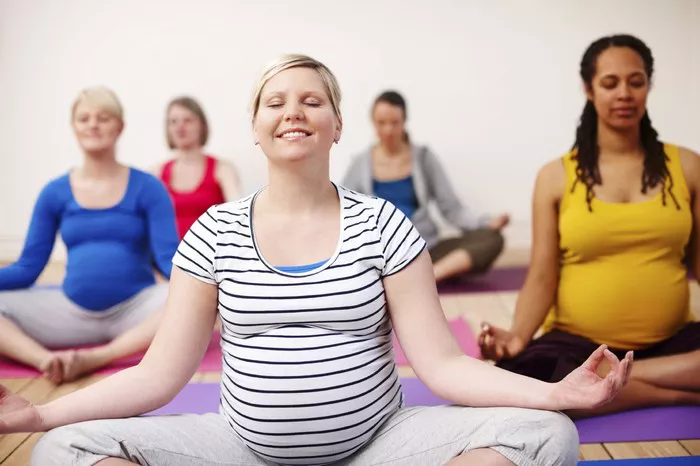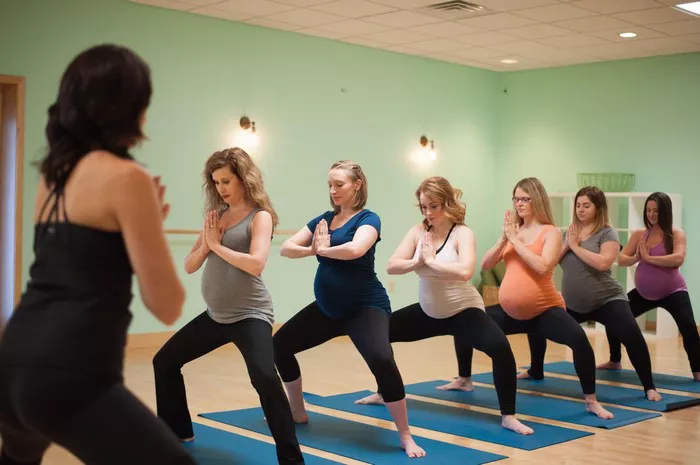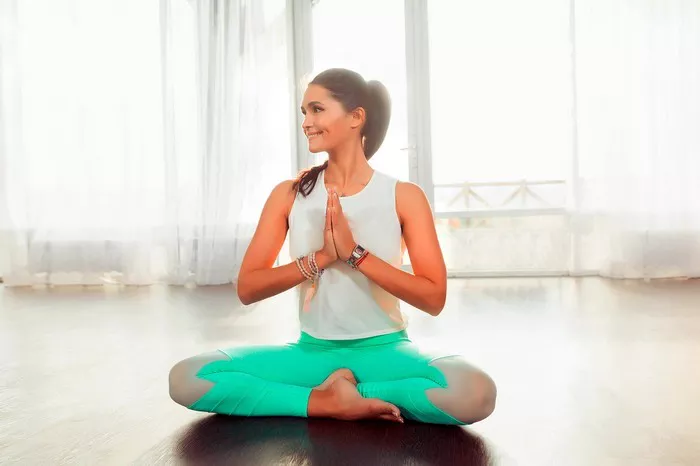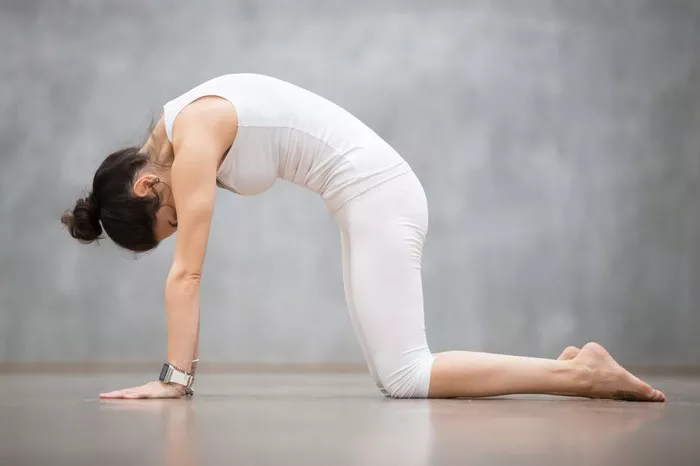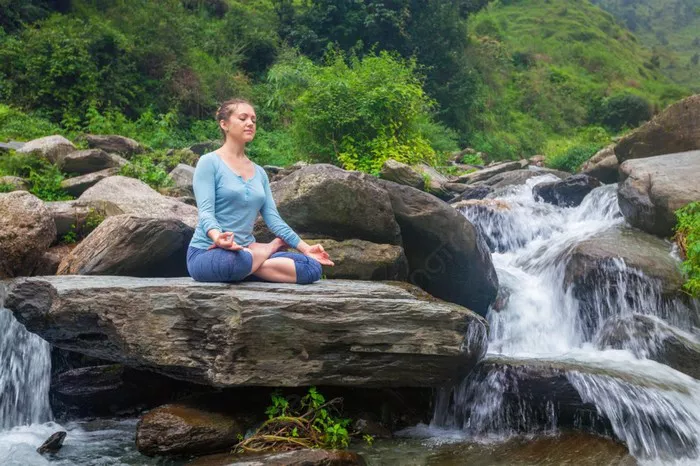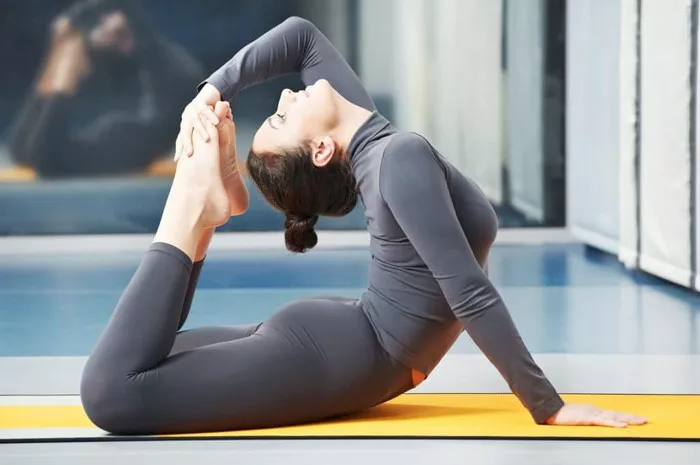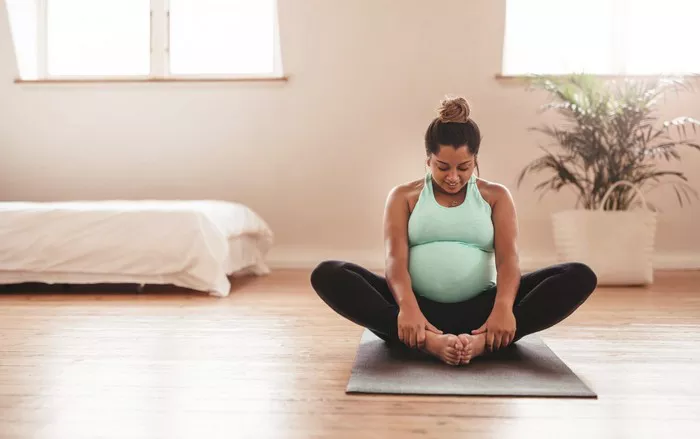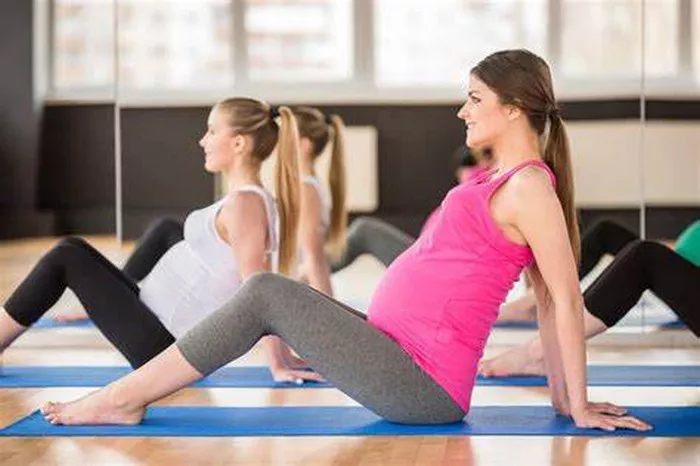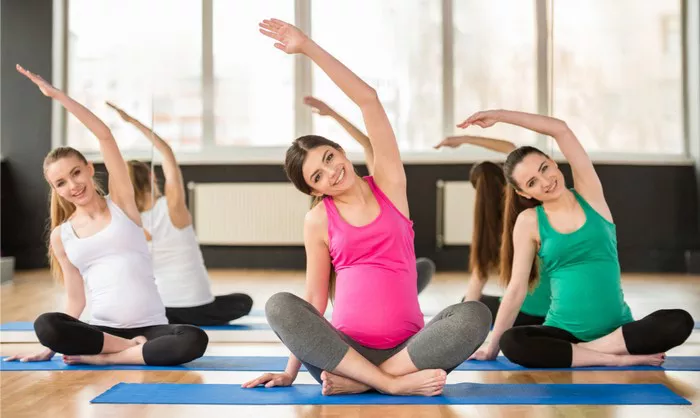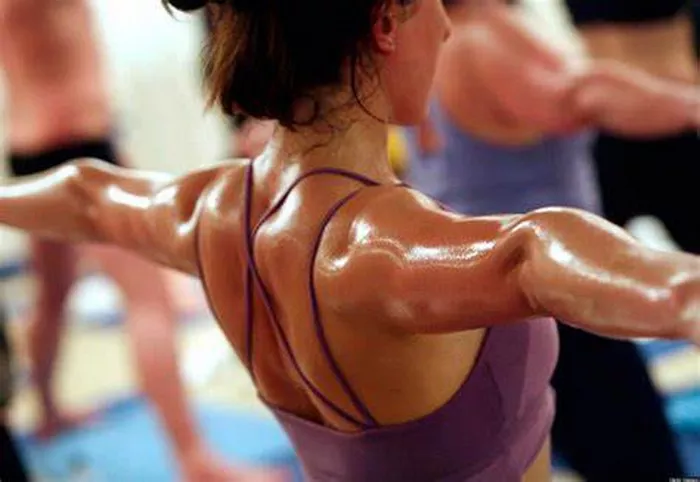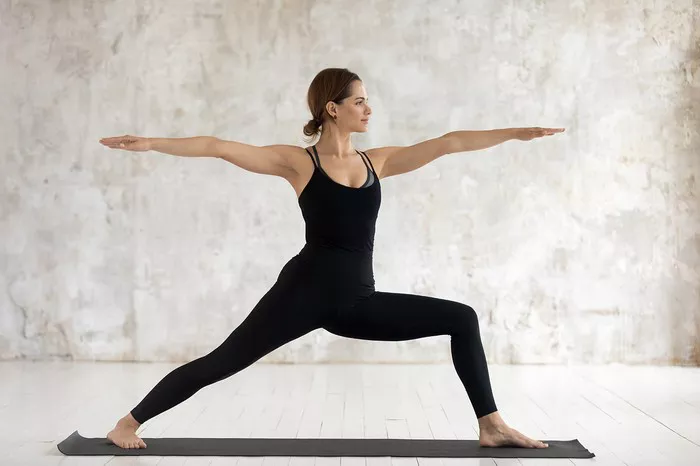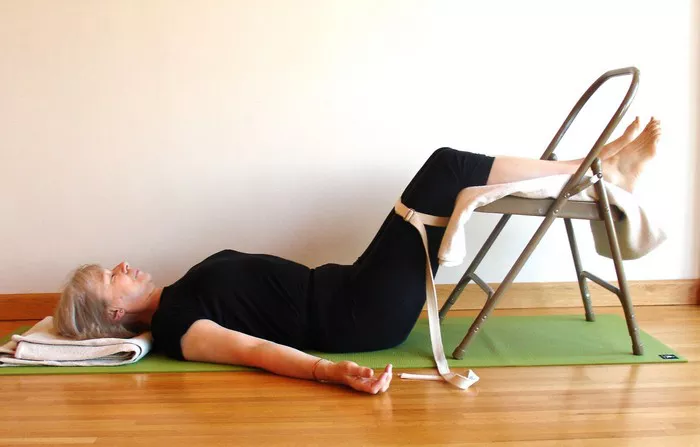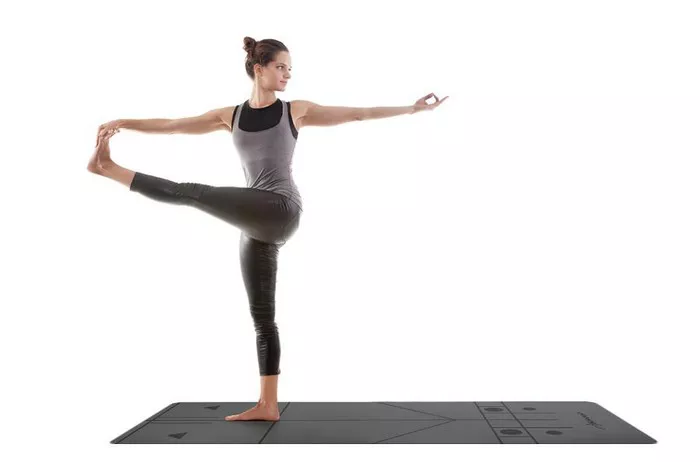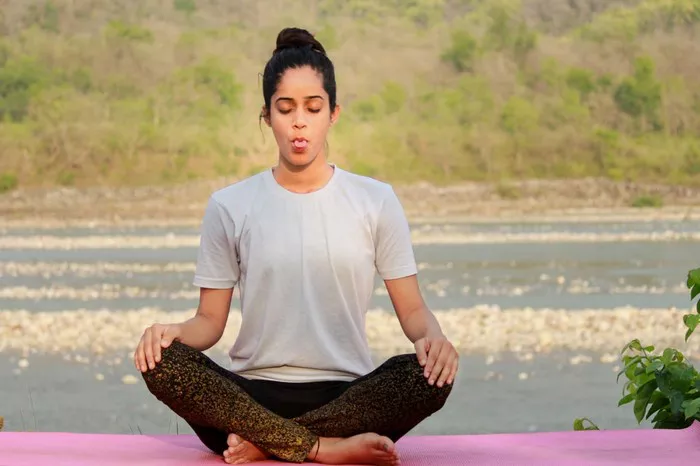The Ashtanga Primary Series, also known as “Yoga Chikitsa” or the “Yoga Therapy” series, is a foundational and comprehensive sequence within the Ashtanga Yoga system. Comprising a set of carefully ordered asanas, it is designed to purify the body, build strength and flexibility, and lay the groundwork for more advanced practices. This series not only focuses on physical transformation but also has profound effects on mental discipline and emotional balance. However, the journey to mastering the Ashtanga Primary Series is a long – term commitment that requires patience, consistency, and a deep understanding of the practice.
The Multifaceted Factors Influencing Mastery
Physical Constitution
Each individual’s physical body is unique, and this plays a significant role in determining how long it takes to master the Ashtanga Primary Series. Factors such as natural flexibility, muscle strength, and body structure vary from person to person.On the other hand, individuals with more muscular build might excel in strength – based postures such as Chaturanga Dandasana (Four – Limbed Staff Pose) but could face challenges in achieving full flexibility. Moreover, pre – existing physical conditions or injuries can also impact the pace of progress. A person with a history of back problems, for instance, may need to modify certain postures and progress at a slower rate to avoid exacerbating the issue.
Prior Yoga Experience
The amount of prior yoga experience a practitioner has can greatly influence the time it takes to master the Ashtanga Primary Series. Beginners who are new to the world of yoga may need more time to learn the basic postures, understand the alignment principles, and develop the necessary strength and flexibility. They often start from scratch, learning how to control their breath, engage their muscles, and move with grace and stability. In contrast, individuals with previous yoga training, especially those familiar with vinyasa or hatha yoga, may have a head start. They already possess some knowledge of yoga postures, breathing techniques, and body awareness. However, even experienced practitioners may need to adjust to the specific sequencing and intensity of the Ashtanga Primary Series, which is distinct from other yoga styles.
Consistency of Practice
Consistency is key when it comes to mastering the Ashtanga Primary Series. Regular practice allows the body to gradually adapt to the physical demands of the sequence, build strength and flexibility over time, and develop muscle memory. Practicing a few times a week is better than sporadic sessions, but for more rapid progress, a daily practice routine is highly recommended. When one practices daily, the body becomes more attuned to the movements, and the mind becomes more focused and disciplined. Even short daily practice sessions, as little as 30 minutes, can lead to significant improvements over time if they are consistent. However, it’s important to listen to the body and avoid over – practicing, as this can lead to injuries and burnout.
Mental and Emotional State
The mental and emotional state of a practitioner also has a profound impact on the timeline to mastery. A positive, focused, and patient mindset can enhance the learning process. Those who approach the practice with an open mind, ready to learn and grow, tend to progress more smoothly. On the contrary, stress, anxiety, or self – doubt can hinder progress.Cultivating a positive self – image and a sense of acceptance towards one’s own pace of learning is essential for making steady progress in mastering the Ashtanga Primary Series.
The Milestones on the Path to Mastery
The Initial Phase: Foundation Building (1 – 3 Months)
In the first 1 – 3 months of practicing the Ashtanga Primary Series, the focus is on building a solid foundation. Beginners start by learning the basic postures and understanding the vinyasa flow, which is the sequence of movements linked with the breath. At this stage, the emphasis is on correct alignment, learning how to engage the core muscles, and developing breath awareness. Practitioners may find it challenging to complete the entire series, and that’s normal. It’s more important to focus on performing each posture as accurately as possible, even if it means taking breaks or modifying postures. During this period, the body begins to adapt to the physical demands of the practice, and strength and flexibility start to gradually improve.
The Intermediate Phase: Progression and Refinement (3 – 6 Months)
After 3 – 6 months of consistent practice, practitioners enter the intermediate phase. By this time, they are more familiar with the sequence and can flow through the postures with greater ease. The focus now shifts to deepening the postures, improving balance, and increasing endurance. They also become more proficient in using the breath to guide their movements, which helps to calm the mind and enhance the overall quality of the practice. However, at this stage, some postures may still pose challenges, and it’s important to continue practicing with patience and perseverance.
The Advanced Phase: Mastery in Sight (6 – 12 Months and Beyond)
Around 6 – 12 months of dedicated practice, practitioners are on the verge of mastering the Ashtanga Primary Series. They can perform the entire sequence with relative ease, maintain proper alignment throughout, and have a good understanding of the energetic aspects of the practice. The postures are not only physically achieved but also performed with grace, fluidity, and a sense of inner calm. At this stage, the focus may shift to further refining the postures, exploring more advanced variations, and deepening the meditative aspect of the practice. However, it’s important to note that mastering the Ashtanga Primary Series is not an end goal but rather a stepping stone to more advanced Ashtanga Yoga practices.
Strategies for Accelerating the Learning Process
Focus on Alignment
Proper alignment in each posture is crucial for both safety and effectiveness. Working with a qualified Ashtanga Yoga instructor can greatly help in ensuring correct alignment. Instructors can provide hands – on adjustments, detailed explanations of the postures, and tips on how to engage the right muscles. Practitioners should also take the time to study the alignment principles of each posture, either through books, online resources, or by observing experienced practitioners. By focusing on alignment, one can avoid injuries, get the most out of each posture, and progress more quickly in mastering the series.
Incorporate Supplementary Practices
To enhance strength, flexibility, and overall physical fitness, incorporating supplementary practices can be beneficial. For example, strength training exercises such as weightlifting or bodyweight exercises can help build the strength needed for postures like arm balances and inversions. Stretching routines, in addition to the ones in the Ashtanga Primary Series, can further increase flexibility, especially in areas that are particularly tight. Meditation and pranayama (breathing exercises) can also play an important role. Meditation helps to calm the mind, improve focus, and reduce stress, while pranayama enhances breath control, which is essential for flowing through the Ashtanga sequence smoothly.
Listen to Your Body
One of the most important strategies for mastering the Ashtanga Primary Series is to listen to your body. Each person’s body has its own limits, and it’s important to respect these limits. Pushing too hard, too fast can lead to injuries and setbacks. If a posture causes pain or discomfort, it’s a sign to stop and modify the posture or take a break. Similarly, if the body is feeling tired or overworked, it’s important to give it the rest it needs. By listening to the body and adjusting the practice accordingly, practitioners can ensure a sustainable and enjoyable journey towards mastering the Ashtanga Primary Series
The Role of Diet and Lifestyle
Nourishing the Body
A balanced and nutritious diet plays a vital role in the process of mastering the Ashtanga Primary Series. Consuming a diet rich in fruits, vegetables, whole grains, lean proteins, and healthy fats provides the body with the necessary nutrients to support physical activity, repair tissues, and maintain overall health. For example, foods high in calcium and vitamin D, such as dairy products, leafy greens, and fortified cereals, are important for bone health, which is essential for performing weight – bearing postures. Additionally, staying hydrated by drinking plenty of water throughout the day helps to keep the joints lubricated and the body functioning optimally.
Maintaining a Healthy Lifestyle
In addition to diet, maintaining a healthy lifestyle is also crucial. Getting enough sleep is essential for the body to recover and rejuvenate after each practice session. A lack of sleep can lead to fatigue, decreased concentration, and increased risk of injury. Avoiding harmful habits such as smoking and excessive alcohol consumption also contributes to overall well – being and can enhance the benefits of the Ashtanga practice. Moreover, managing stress through relaxation techniques, such as yoga nidra or deep breathing, can help to create a more conducive environment for learning and mastering the Ashtanga Primary Series.
Conclusion
Mastering the Ashtanga Primary Series is a personal and transformative journey that varies in duration for each individual. It is influenced by a multitude of factors, including physical constitution, prior yoga experience, consistency of practice, and mental and emotional state. While there are general milestones and timeframes, it’s important to remember that everyone progresses at their own pace. By focusing on proper alignment, incorporating supplementary practices, listening to the body, and maintaining a healthy diet and lifestyle, practitioners can enhance their learning experience and move closer to the goal of mastery.


